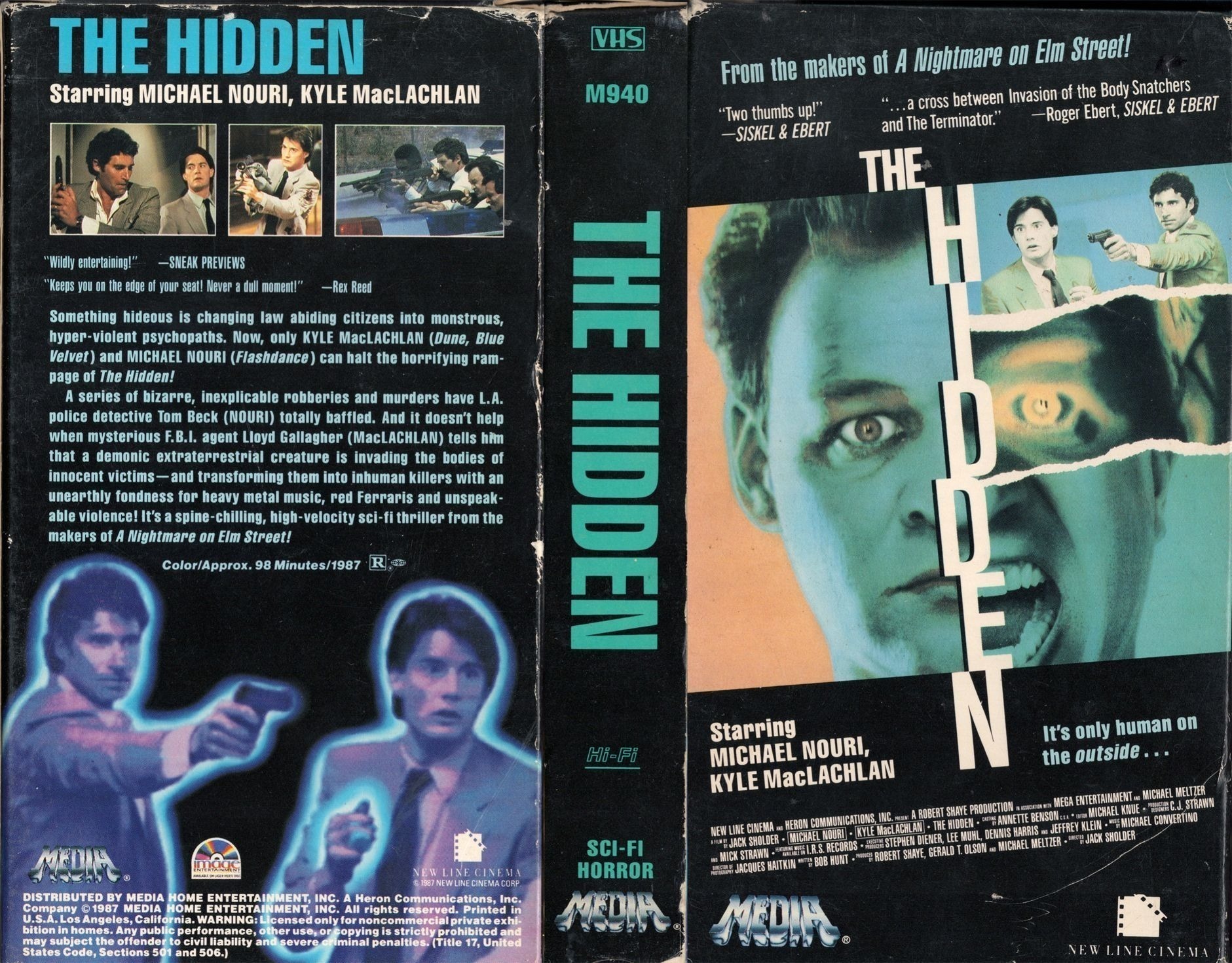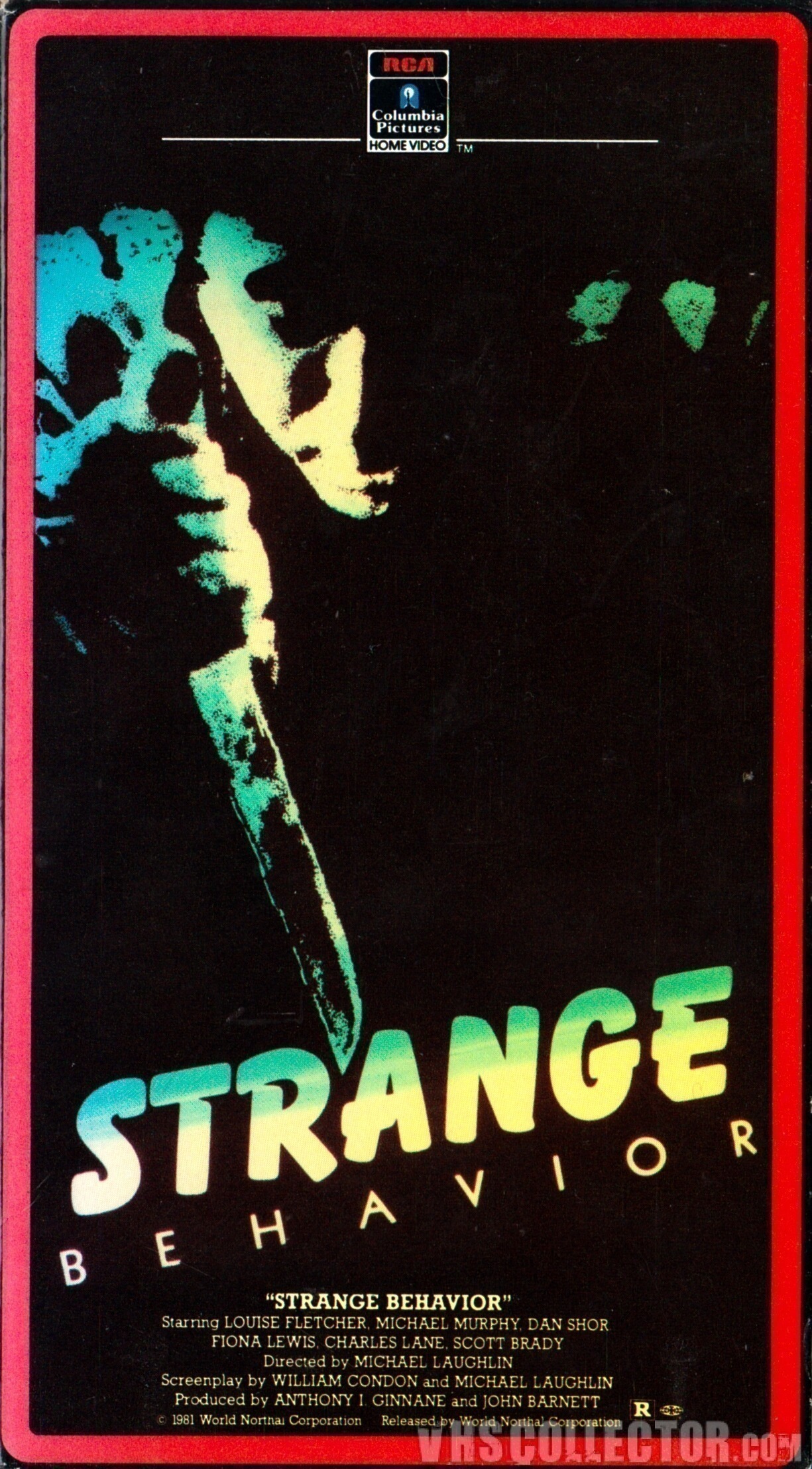RELATED ARTICLE
Slash Americana: Strange Behavior’s Eerie Charm
The Criterion Collection

The ’80s Horror collection now playing on the Criterion Channel brings together some of my favorite films from a time when the horror genre took on strange and thrilling new forms. When I began programming it, my thoughts drifted back to a once-ubiquitous institution of a bygone era. It’s pretty much impossible for me to separate my understanding of that decade’s horror movies from the video stores where I rented them. The earliest memory I have of selecting a movie to rent occurred in the Video Place in Soldotna, Alaska, when I was no more than five years old. I did not yet know how to read or speak much English, so I was going purely by whichever film’s box art stirred my young imagination the most, and I went home with A Nightmare on Elm Street 2: Freddy’s Revenge (thanks, Mom!).
As I continued working on this series, I realized that home video wasn’t just the medium through which these films had reached me: without it, they might not have ever been made. In 1975, an event took place that changed audiences’ relationship with movie-watching forever: the debut of Sony’s Betamax video cassette recorder, better known as a VCR. Initially it was promoted as a device for recording television programs and movies broadcast on TV for later viewing, but soon enough people recognized the potential this technology had for film distribution as well. In 1976, Twentieth Century-Fox struck a deal with Andre Blay of Magnetic Video—a Michigan-based producer of corporate videos and duplicator of audiocassettes and 8-track tapes—to license fifty films for a $300,000 advance plus royalties on each tape sold. The model for selling Hollywood films on home video directly to the consumer was born.
Soon enterprising business owners started buying those tapes en masse and renting them to consumers for a few dollars, making good profits in the process. Hollywood panicked and tried to shut down the independent video-rental business, because once the tapes were sold to the stores, they were no longer a party to the profits. Remarkably the studios lost all of the major battles against the video industry, including a lawsuit that Universal filed against Sony, which the U.S. Supreme Court ruled in favor of the latter in 1984. The 1980s saw the emergence of a new and somewhat democratized industry where anyone with cash and a place to stack tapes could find themselves in the movie business.




